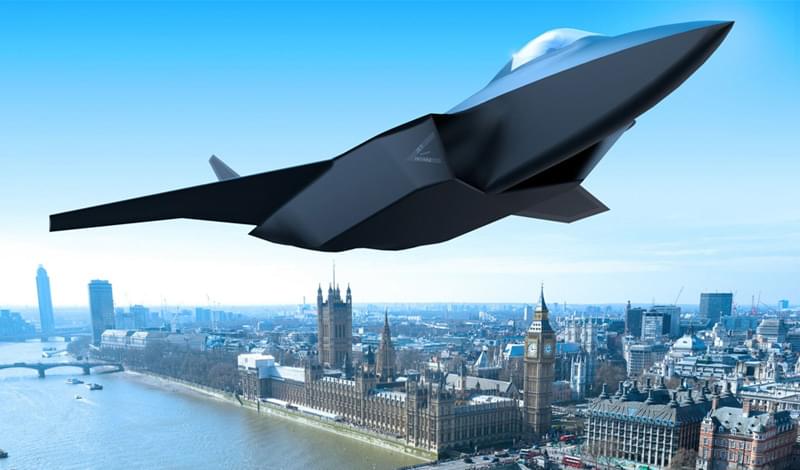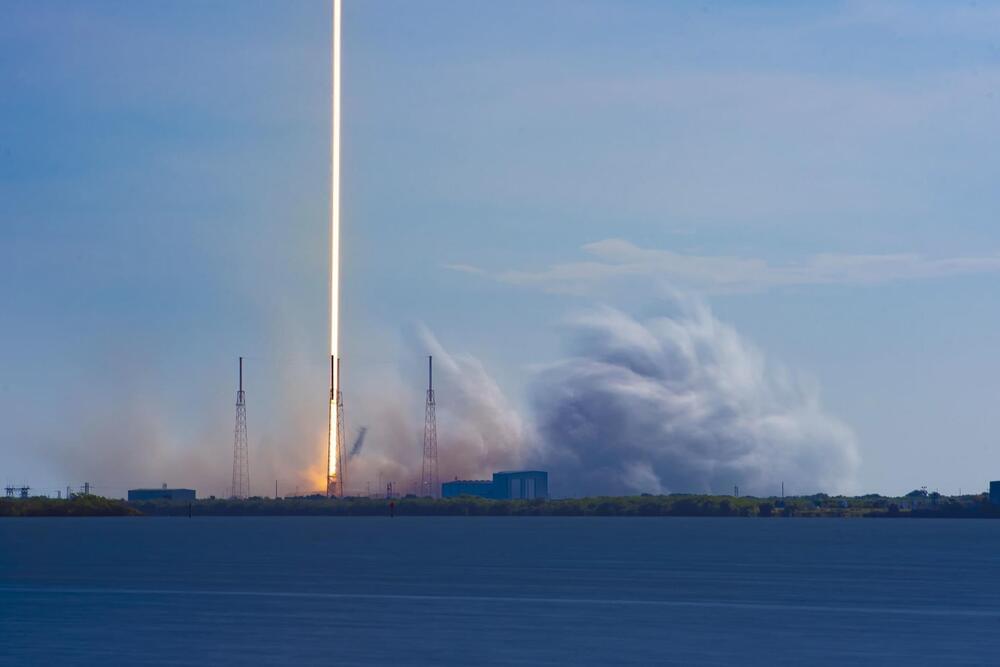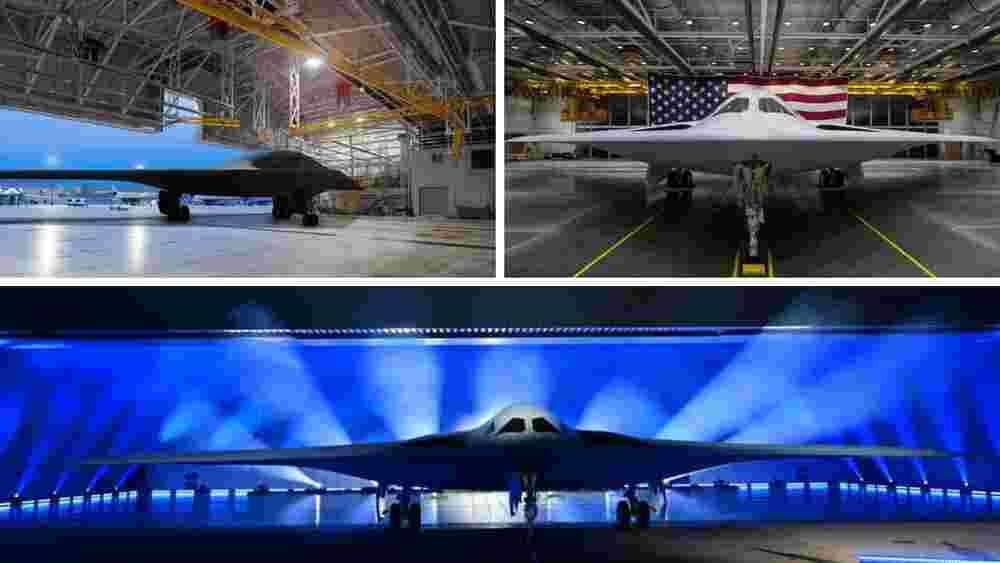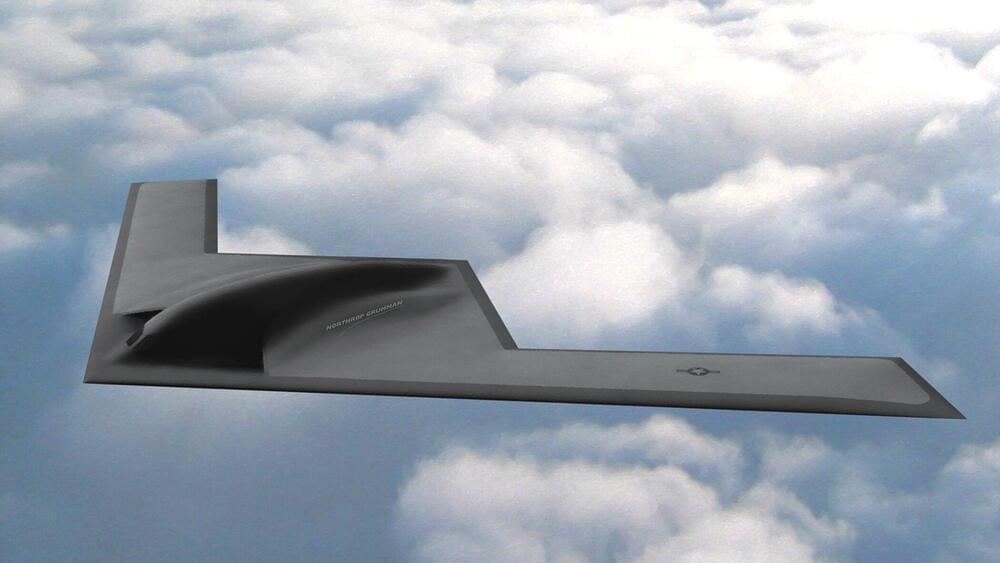Christopher Nolan revealed to Total Film magazine that he recreated the first nuclear weapon detonation without CGI effects as part of the production for his new movie “Oppenehimer.” The film stars longtime Nolan collaborator Cillian Murphy as J. Robert Oppenheimer, a leading figure of the Manhattan Project and the creation the atomic bomb during World War II. Nolan has always favored practical effects over VFX (he even blew up a real Boeing 747 for “Tenet”), so it’s no surprise he went the practical route when it came time to film a nuclear weapon explosion.
“I think recreating the Trinity test [the first nuclear weapon detonation, in New Mexico] without the use of computer graphics was a huge challenge to take on,” Nolan said. “Andrew Jackson — my visual effects supervisor, I got him on board early on — was looking at how we could do a lot of the visual elements of the film practically, from representing quantum dynamics and quantum physics to the Trinity test itself, to recreating, with my team, Los Alamos up on a mesa in New Mexico in extraordinary weather, a lot of which was needed for the film, in terms of the very harsh conditions out there — there were huge practical challenges.”






